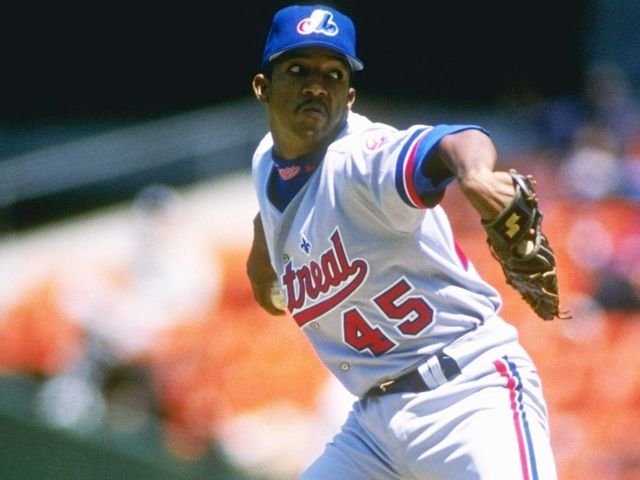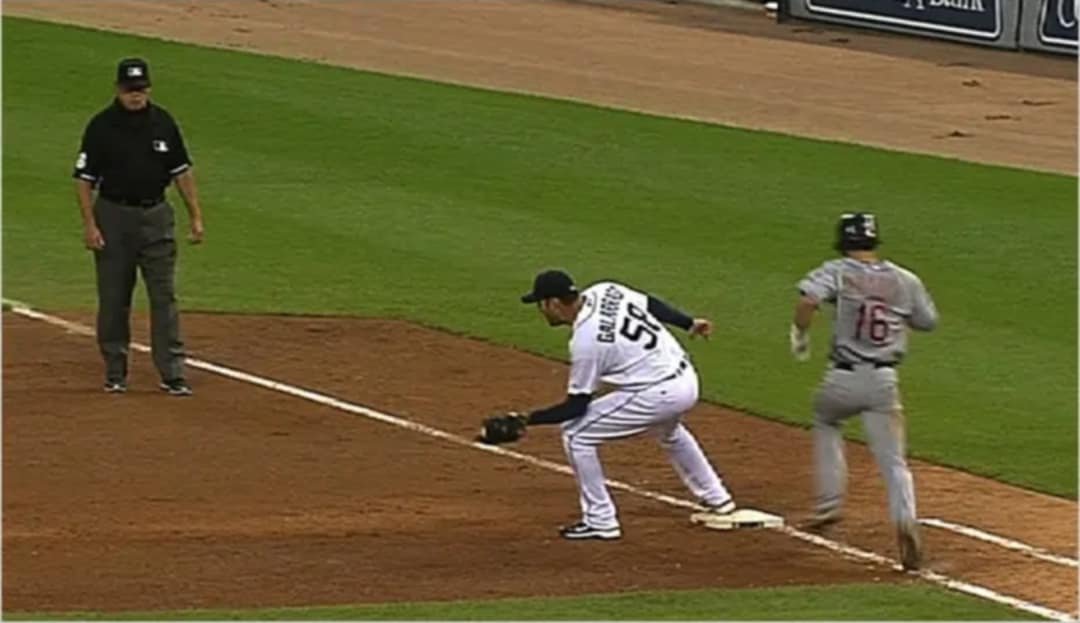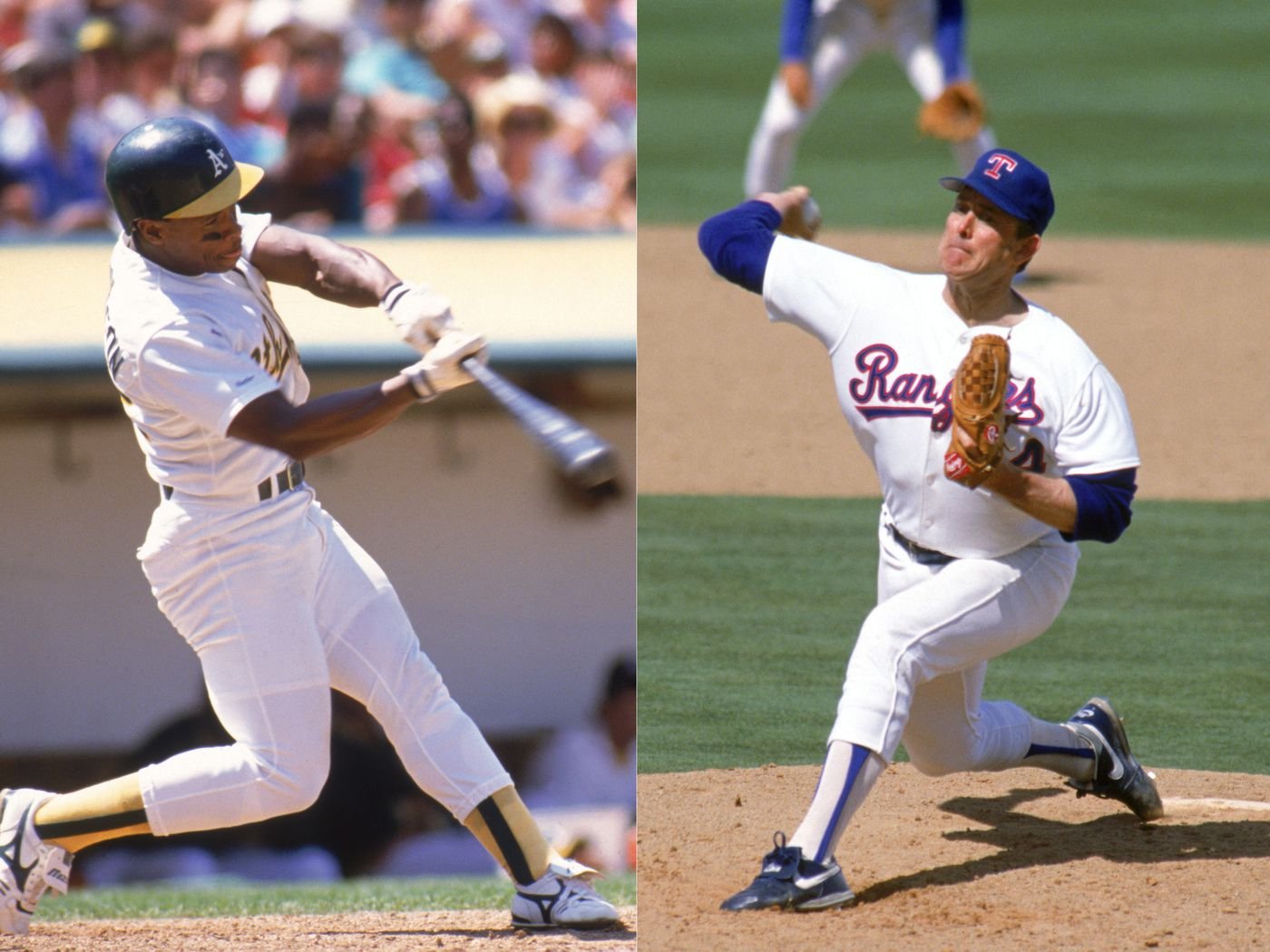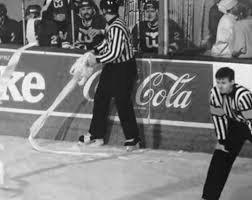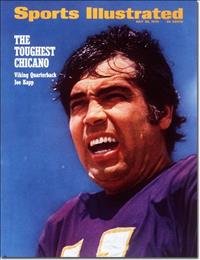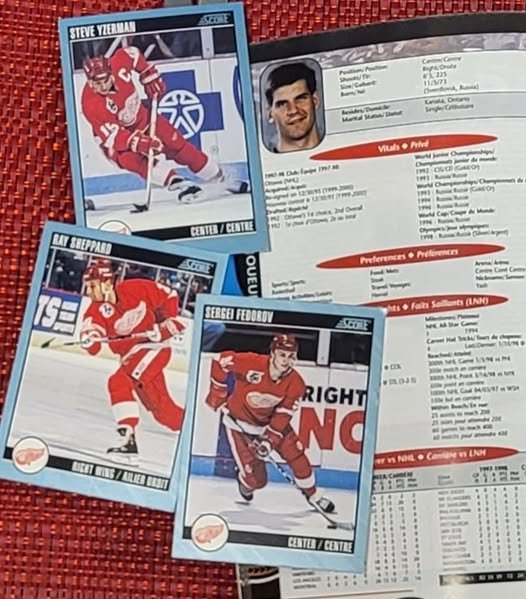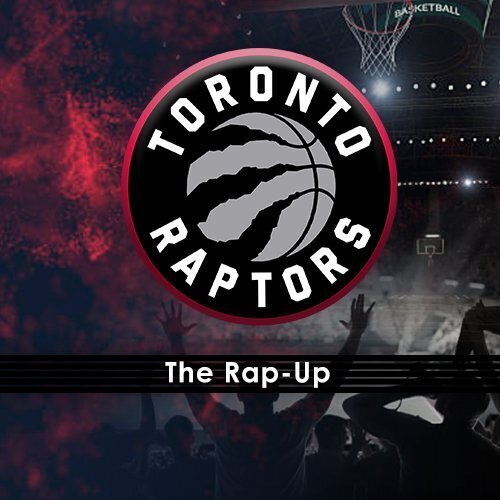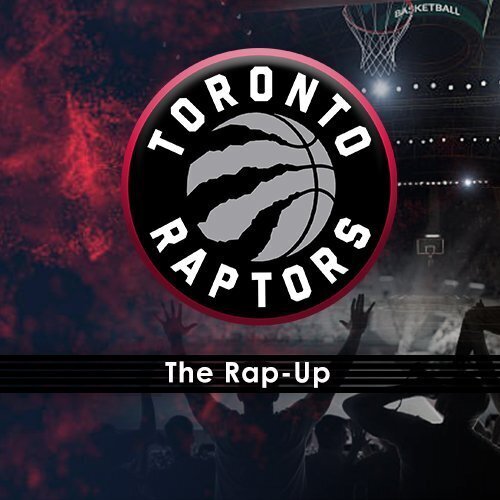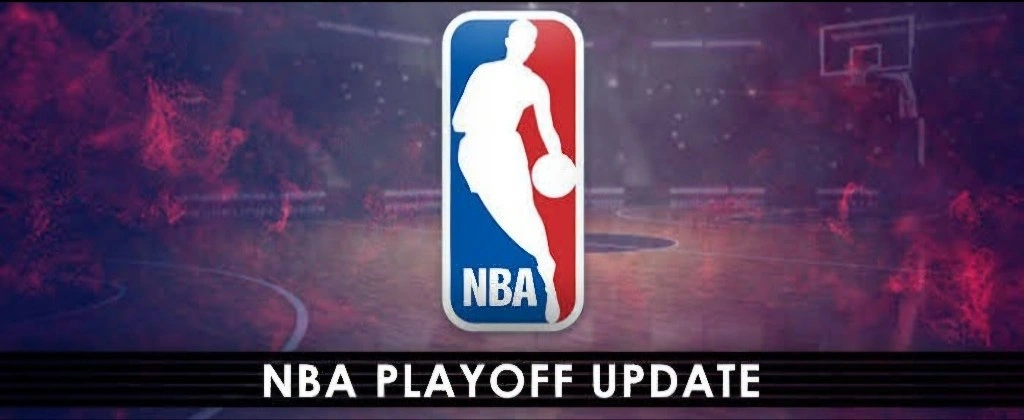Who can ever forget the night of March 26, 1979? It was an exciting Monday at the Special Events Center at the University of Utah in Salt Lake City. The final game of the NCAA basketball tournament had just taken place. A national audience had waited in breathless anticipation for the showdown between the upstart Indiana State Sycamores from the Missouri Valley Conference and the Big Ten’s Michigan State Spartans. Oh, and the confrontation between two very special talents was the real show.
It was the game everyone had waited to see and the individual matchup that the networks had been salivating over. It was Larry Bird, who had averaged more than 30 points per game while he led his Sycamores to a 33-win undefeated season heading into this game, against Earvin “Magic” Johnson, who had raised his Spartans from obscurity to win their first solo conference title in the 1977-78 season since they had last done that in 1958-59.
Each team had traveled a different route to get to this final game. For Indiana State, they had improved in each of the previous couple of seasons from getting eliminated in the first game of the National Invitation Tournament in 1976-77 to losing out in the second round of the tourney in 1977-78. 1978-79 was indeed the coming out party for this spunky team from Terre Haute. But no one saw them coming at the beginning of the year though.
Coach Bob King’s Sycamores had compiled a record of 23-9 to finish the season in 1978. Bird, a junior, scored an average of 30 points over the season, which was second in the nation. Bird also made it to the consensus first All-American team. The conundrum for the group was the fact that aside from Bird, four of the team’s starters all graduated in the summer of 1978. Couple that with the sadness of King suffering a heart attack and having to leave his job and the prospects for Indiana State’s men’s basketball team were completely up in the air.
Given the losses of personnel, none of the other coaches gave them a chance at winning their conference and the team was unranked on both the Associated Press and the United Press International polls to start the season. With Bill Hodges now running the team and their piling up some wins, they made it to number 20 on the AP poll by mid-December. A month later, January 13, they played Bradley and their coach, Dick Versace, employed a special defense to counter Larry Bird.
Versace called his ‘Triangle and Two’ defense the ‘Bird Cage’ and it worked, at least on Bird. It held the Sycamores’ star forward to just four points, but Indiana State won the game anyway by a score of 93-74. Their subsequent rise in the polls became meteoric. A month after the Bradley game, they had made it to the top of the poll following a 100-75 victory over West Texas A&M.
When it came to tournament selection time, they were named the number 1 seed in the Midwest Regional. They cruised to wins over Virginia Tech and Oklahoma before edging Arkansas to make it into the Final Four. In the semi-final game against DePaul, Bird had 16 rebounds and 9 assists. He also went 16 for 19 from the floor as Indiana State knocked off the Blue Demons 76-74. They had stamped their ticket for the final.
While Bird and his teammates had been scaling the mountain that was NCAA basketball, the Spartans were always around them. When Indiana State defeated Bradley and were at number 3, Magic Johnson and his Spartans were at number 1. Jud Heathcote’s team had just beaten Indiana and Iowa and were where so many had projected them to be, and were heating up heading into spring.
But by the end of the year, Michigan State was 13-5 in their conference in a three-way tie for first place with Iowa and Purdue. They went 21-6 on the season and finished at number 3 in the AP poll. The tournament selectors had them as the number 2 seed in the Mideast Regional. Wins over Lamar, LSU and the top-seed in the Mideast, Notre Dame put them into the Final Four.
The Spartans faced Penn in the national semi-final, and they steamrolled them 101-67. It would be Bird vs Magic in the final! Both men were named Consensus All-Americans, Bird as the center and Johnson as a guard. Bird’s teammate, Carl Nicks, and Johnson’s mates, Greg Kelser, Mike Brkovich and Ron Charles were all eventually selected in an NBA draft to ultimately join the two stars in the Association.
Four and a half minutes into the game, Michigan State held a 9-8 lead. On defense, the Spartans double teamed Bird in their end of the floor and made it difficult for him to perform offensively. Late in the first half, the Sycamores trailed by twelve, but Magic Johnson and Kelser both got into foul trouble and wound up on the bench for a bit. At the half, it was 37-28 for Michigan State.
A little way into the second half, the Spartans had extended their lead to 50-34. That was when the Sycamores began to assert themselves and with 10:05 left, it was 52-46 in favour of MSU. In the last five minutes of the game, Michigan State began to play ball control and held it for long periods of time which frustrated Indiana State. Bird took a technical foul at one point as he stole the ball from Johnson on an inbound and attempted to score.
In the second half, the Sycamores could not overcome the Spartans and their great shooting from the floor. Johnson and company went 12 for 16 enroute to a 75-64 final score. The sad thing for Indiana State was the fact that they went just 10 for 22 from the free throw line. Had they been better on their foul shooting, they might have had more of a chance in the game.
And so, the college basketball rivalry of these two greats had to end. Bird had been chosen sixth overall in the 1978 NBA draft but chose to remain in school for his senior year and turned professional before the 1979-80 pro season began. Johnson was taken first overall by the Los Angeles Lakers in the summer of 1979 and their rivalry, which had been incubated in that incredible 1979 NCAA tournament, began to blossom as their professional careers took off.
But Bird’s collegiate athletic career did not end with that game in Salt Lake City.
As Bird’s final season of college basketball had progressed, he would spend a lot of time in the Indiana State training room. That room was not just a room for the basketball team and from time to time, Bird would run into players, coaches and personalities from other school teams as well. During the basketball season, it was not unusual for Bird to be in there almost daily for massages, ice, whatever. Even once the season was over, he was still going in for regular treatment.
Another member of the Sycamores’ athletic community was baseball coach Bob Warn and Warn had the propensity to tease, needle and trash talk players, coaches and pretty much anyone in his field of vision regardless of size or status. Larry Bird was not immune to Warn’s ribbing. One day, after noticing Bird’s constant attendance in the training room, even after the season was done, Warn looked at the basketball star and called him a “wuss”.
That kind of talk went on from Warn and doubtless between the two for a while until one day, Warn picked up a baseball, looked at Bird and said, “Real men play with balls this size.” Warn didn’t really expect any kind of response from Larry Joe, but he surprised the baseball man when he shot back, “I could do that. I could play baseball.”
Bird felt confident enough in his own abilities as an athlete and as a baseball player that he figured he would be able to hold his own on the collegiate diamond. Warn, on the other hand, had no idea if Bird could play. Bird had not played baseball since high school. He had, however, played slow-pitch in a Terre Haute league and in his last previous season had hit twelve home runs and driven in 48 in twenty games.
It’s been reported that Warn was hoping that Bird might embarrass himself. There aren’t any quotes attributed to the baseball coach to that effect, but that doesn’t mean it wasn’t so. Nonetheless, the gauntlet had been thrown and the challenge had been accepted. The first thing to do was to try to find a uniform that could fit the 6-foot-9 basketball player. As it was constituted at that moment Bird decided to play, they didn’t have pants to fit him. They also didn’t have a hat either.
Keep in mind that Bird had been drafted by the Celtics in 1978 and since the basketball season was now over, his agent, Bob Woolf had begun negotiations with the NBA team, but for whatever reason, those talks had broken off. Any negotiations right now would revolve around what day or days would Bird be playing for the Sycamores ball team.
They looked at the calendar and saw that on April 29, which was an upcoming Sunday, Indiana State had a double header against the Butler University Bulldogs. Butler is located in Indianapolis. So, it was decided. Bird would play in one or both games that day. There was one problem. Bird’s hometown is French Lick, Indiana and on the 29th, there was a dinner to be held there in his honour.
They had to go and look again. On the 28th, the team had a double header scheduled against Kentucky Wesleyan, a team outside their conference. That date suited everyone. The fact that they were playing a team from outside their division might have been better too. Oh, one thing though. The Sycamores football team had a spring game scheduled for that afternoon. No problem. It’s spring league. They moved that to the morning. What position would Bird play? Probably designated hitter or first base.
Word began to get out that Larry Bird was going to be playing baseball for the school team and that he’d be playing in the games on Saturday, April 28. Needless to say, Bird was a big deal in Terre Haute, and pretty much everywhere else in Indiana as well. People began to buy tickets. A lot of people. Bird didn’t mind the attention, but he also didn’t want to look bad, nor did he want the school to be seen in a negative light either. But he was a competitive guy and he had been challenged, so……
The baseball coach for Kentucky Wesleyan College at that time was Corky Withrow. He said that his team was also eagerly anticipating the game with Indiana State. “The guys are looking forward to it. We’re used to playing before fifty students, and I understand they’re expecting in the neighbourhood of 5,000 people, plus national media. That’s more exposure than most any team ever gets. We’ll try not to get pumped up, but I’m sure we will.”
Withrow had no idea whether Bird was a good ballplayer or not, so he approached Bob Warn. “I was talking to their coach, and he said he had no idea whether Bird was any good. But it’s a tremendous thing for their baseball program.”
By April 26, the Sycamores had compiled a 23-6 record. Their team had aspirations to play in the NCAA Division I baseball playoffs. They were hoping to get there by winning the Missouri Valley Conference or with an ‘at large’ bid. Kentucky Wesleyan had a busy schedule heading into that weekend series with Indiana State. On the Thursday, they had a double header with Belmont College. They also had twin bills on Friday, Saturday (in Terre Haute) and Sunday as well.
On that Saturday, a raucous crowd sat in 45 degree (Fahrenheit) weather and saw Bird play first base in the first game and he got to the plate once. According to the Two Strike Noise podcast, his at bat was not a pretty one. His swings were more reminiscent of a guy who had only played slow-pitch in the recent past and he went down on strikes. Apparently, it was quickly.
In the second game, Bird played first base again and had another at bat. In that one, he stepped into the box with two men in scoring position and his Sycamores down 1-0. Bird singled to centre field, driving in the two runners. On the day, he went 1 for 2, drove in a pair of runs and recorded nine putouts. Bob Woolf was at the game and when asked, he said he was “watching the game like this” – with his hands over his eyes.
Woolf was only partly joking. “I’m here with a certain sense of trepidation, no doubt about it. But I’m also a great believer in whatever is going to happen is going to happen. He gave his word to these people, so I’d be the last person to try and persuade him to break that.” There was one moment when Woolf must have felt his heart skip at least one beat.
At one point in the first game, everyone watching must have held their breath. In the top of the fifth inning, as Bird was standing at first with one distended cheek, due to the chaw of tobacco he had in his mouth, a pitch was popped up along the first base line. Sycamores’ catcher Mark “Rock” Rickard bolted out from behind the plate toward the visitors’ dugout. Unbeknownst to him, the new first baseman was coming too. Both players dove for the ball at the same time, and they collided spectacularly.
A voice in the Kentucky Wesleyan dugout shouted, “Don’t swallow that juice!” Bird was down, though, for a few seconds before he finally got up. Someone remarked at the catcher Rickard, “That might have been a $6 million dive, Rock. That’s going to cost you.” Rickard shot back, “I never even dreamed he would be there.”
Rickard had a couple of hits and two RBIs in that first game. The All-American forward had the strikeout. And while you can’t find any stats there, Bird does have his own Baseball Reference page. Don’t get too excited though, it’s very brief.
Before he left the stadium that day, he signed autographs for many of the fans. He also made sure that any of the Kentucky Wesleyan players got signatures if they wanted them also. And though Bob Woolf was there and the talks between the agent, Bird and the Celtics had stalled in April, a couple of months later, there was a contract, and the player was signed, sealed and delivered to Boston.
As is probably stated too often, the rest, as they say, is history.
* * *
Howie’s new book MORE Crazy Days & Wild Nights, eleven new stories of outlandish and wild events that occurred in sports over the last fifty years,is available on Amazon. It’s the follow-up to his first book of 2023, Crazy Days & Wild Nights! If you love sports and sports history, you need these books!
You can hear Howie and his co-host Shawn Lavigne talk sports history on The Sports Lunatics Show, a podcast, at thesportslunatics.com. Also, check out all their amazing content at thesportslunatics.com and listen to their show on Apple Podcasts, Spotify, iHeart Radio, TuneIn Radio and Google Podcasts as well as at firedupnetwork.ca which is on 212 different platforms. Check out The Sports Lunatics Show on YouTube too! Please like and subscribe so others can find the shows more easily after you.
The Sports Lunatics Show can now be heard on Sundays at noon on CKDJ 107.9FM in Ottawa or online at ckdj.net .



